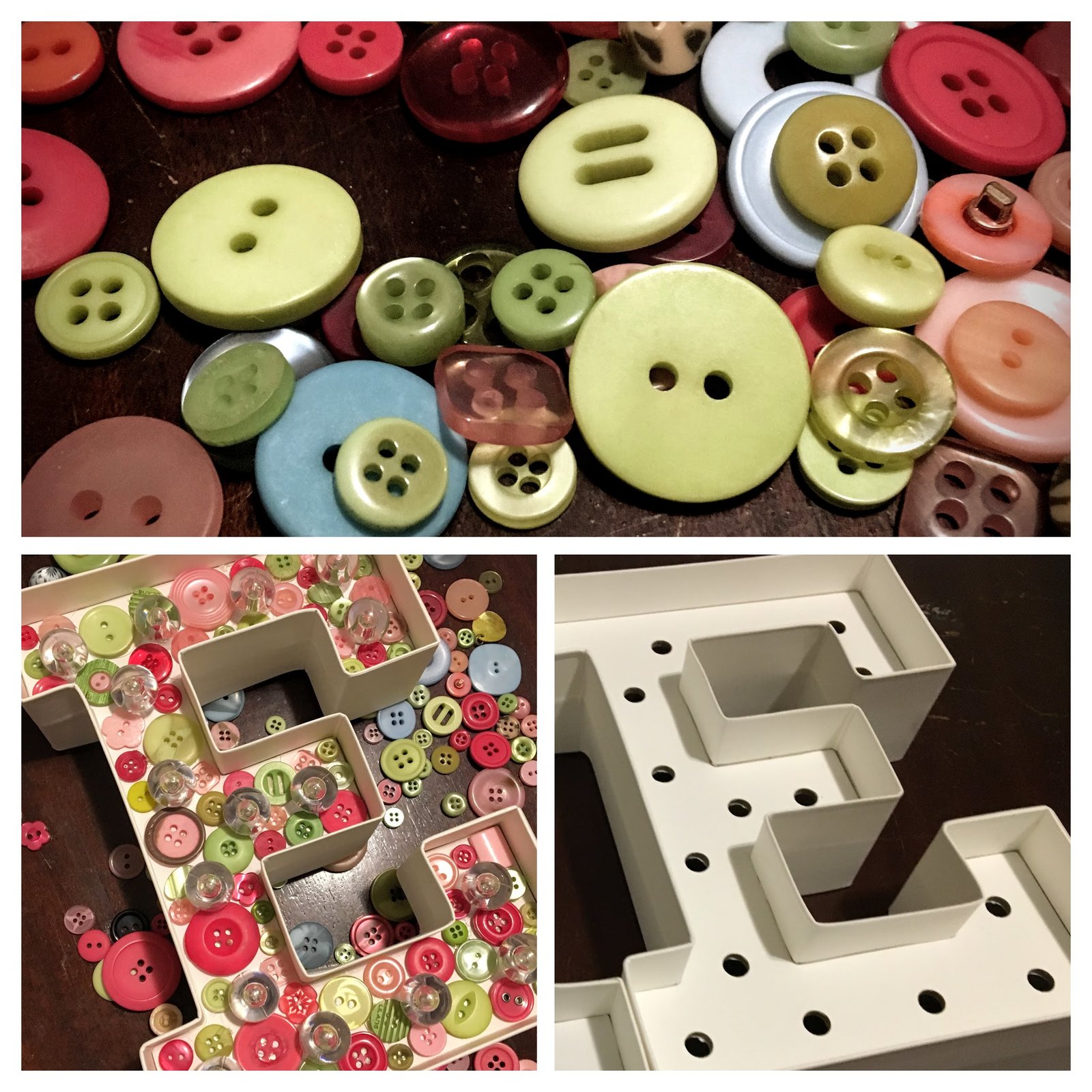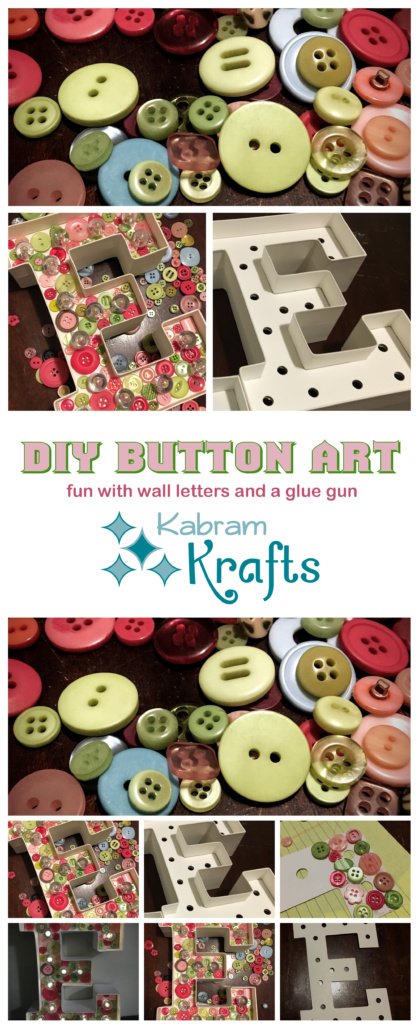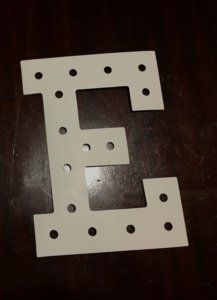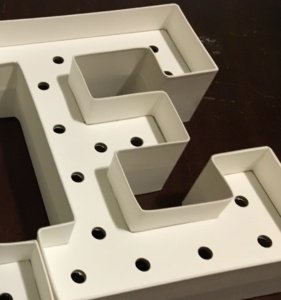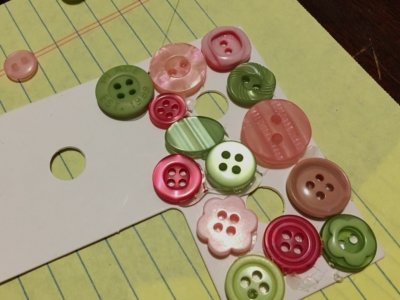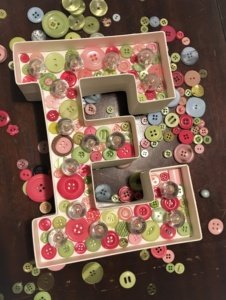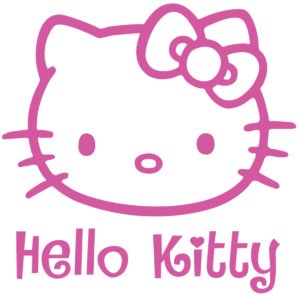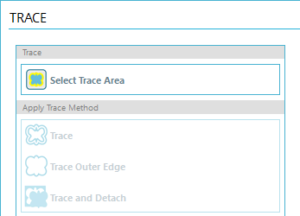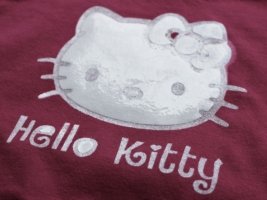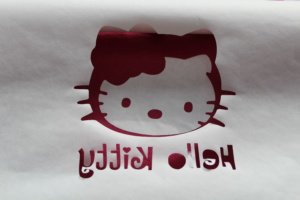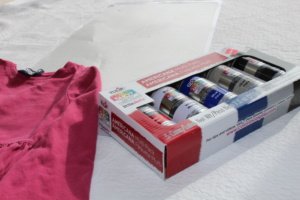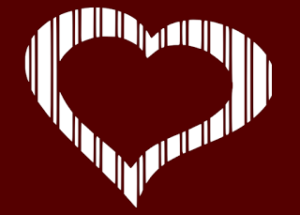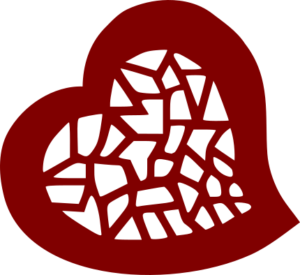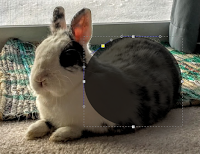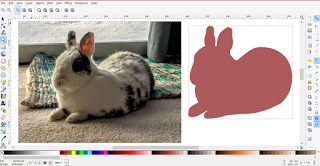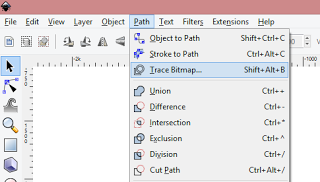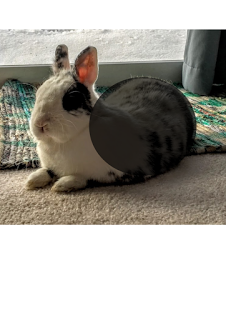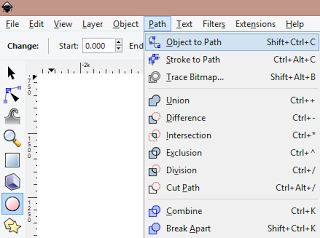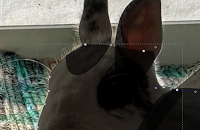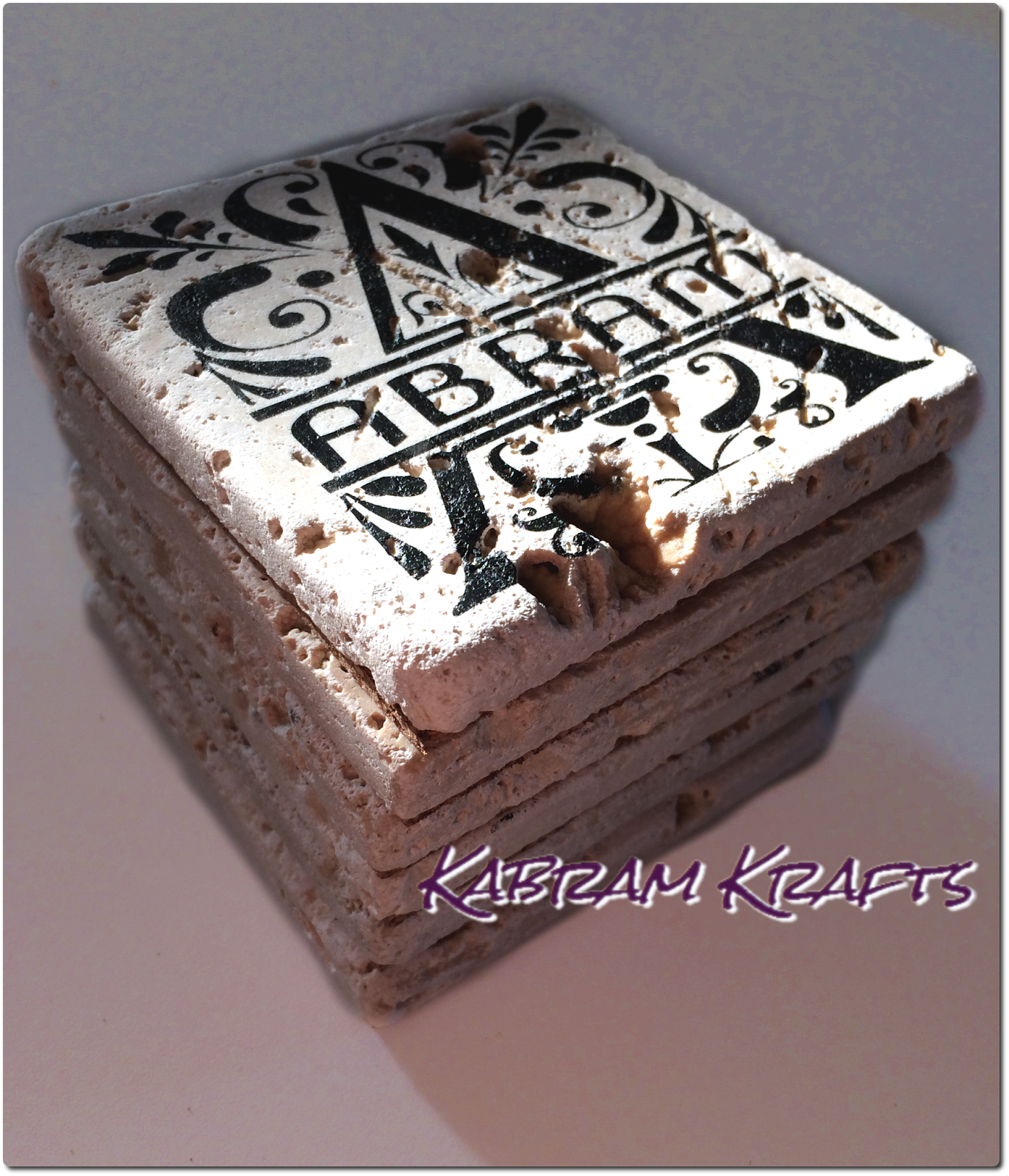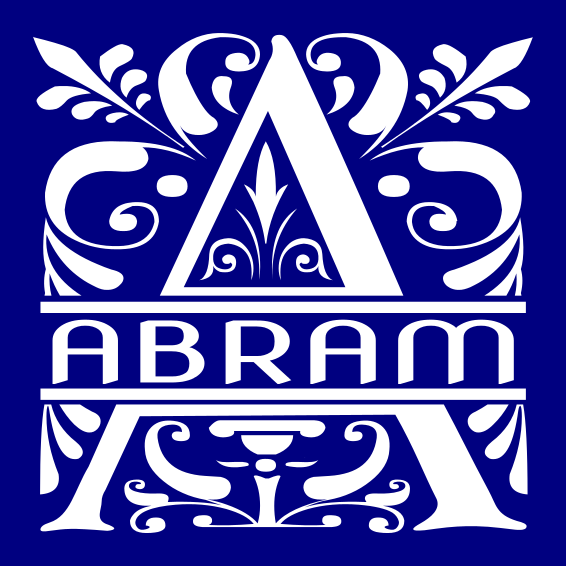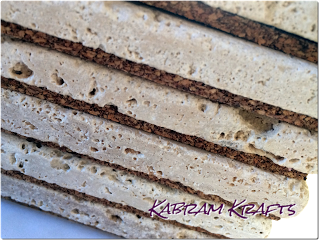
Cozy DIY Bed Buddy for my Little Girls
Well, it has been a while since I made my first DIY bed buddy. You can take a look at that first attempt in this post. This time, I had already made a bunch of rectangular bean bags for my little girls. So, I already had the first step done. For the design, I kept it very similar to the one I originally came up with.
The only major change I made was how I made and attached the handles. Surveying my awesome dinosaur bed buddy, I decided that the handles were both overly complicated and a possible choke hazard! Take a look. See how long the handles are?
Change: New Straps
My mind can see some child deciding that this would make a good necklace and choking themselves. Hence, I keep this one put up and came up with a different method to use for the handles. First, I used a strap instead of a string. Second, I made it much shorter. Third, I didn’t make the extra little “strap holder” parts and sewed the handles directly into the seams.
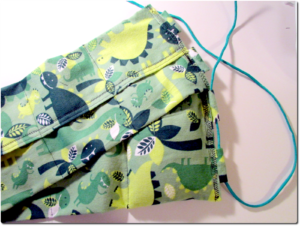
My girls love to have things that make them like Mommy or Papa. My daughter has been toting her new mini bed buddy all over and calling it her “buddy bean bag” instead of her bed buddy.
Microwave Your DIY Bed Buddy
Pop it in the microwave for 30 – 60 seconds and you or your children can cuddle up with it. For the large one, I like to microwave it for 2 and half minutes for my husband or a little longer for myself. It feels great on sore shoulders or a pounding head.
New (to me) Adobe Software
As a side note of sorts, I just last month got a subscription to the latest Adobe software. If you look at this tutorial that I made, you will see why I have been having so much fun with it! Mainly, I had wanted to be able to use Adobe Illustrator to work with SVG’s and thought Photoshop would be a nice bonus. However, it includes access to a large number of programs AND a large number of apps. Now, I can’t stop playing with images on my phone.
If you can manage to accumulate a large number of $1 no rush credits on Amazon and also happen to have academic status, you can get a year’s subscription without paying an arm and a leg. I really had no intention of plugging Adobe just now, but I really haven’t been able to stop playing with it since I signed up!
Adobe Creative Cloud Student and Teacher Edition Prepaid Membership 12 Month – Validation Required
And, without further ado, my little tutorial. I am sure I missed a fair number of details, so feel free to ask if there is something not clear.
DIY Bed Buddy Tutorial
Also, I did go into a lot more detail in my original DIY Bed Buddy post if you need a more in depth look at things.
Well, that is certainly all I have for today. Please, share your projects with me if you make a version of this or something similar. I would love to see how your DIY Bed Buddy turns out!



